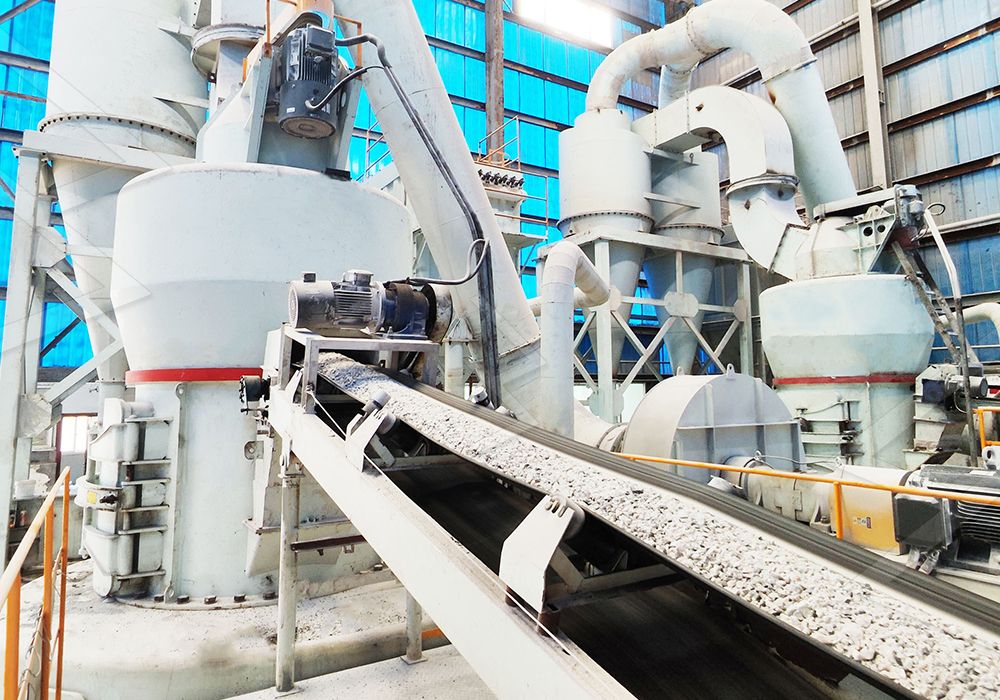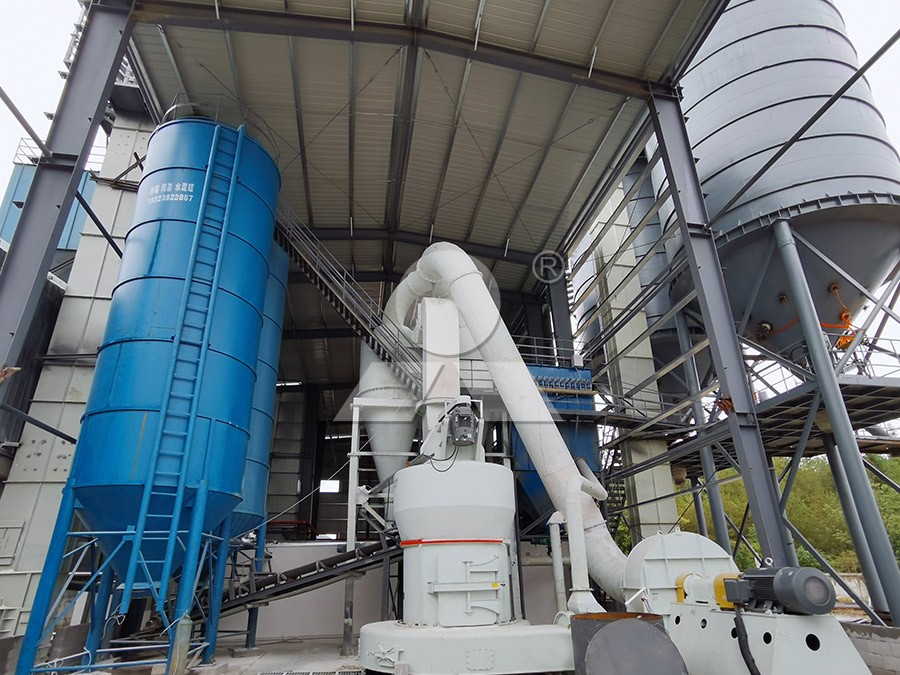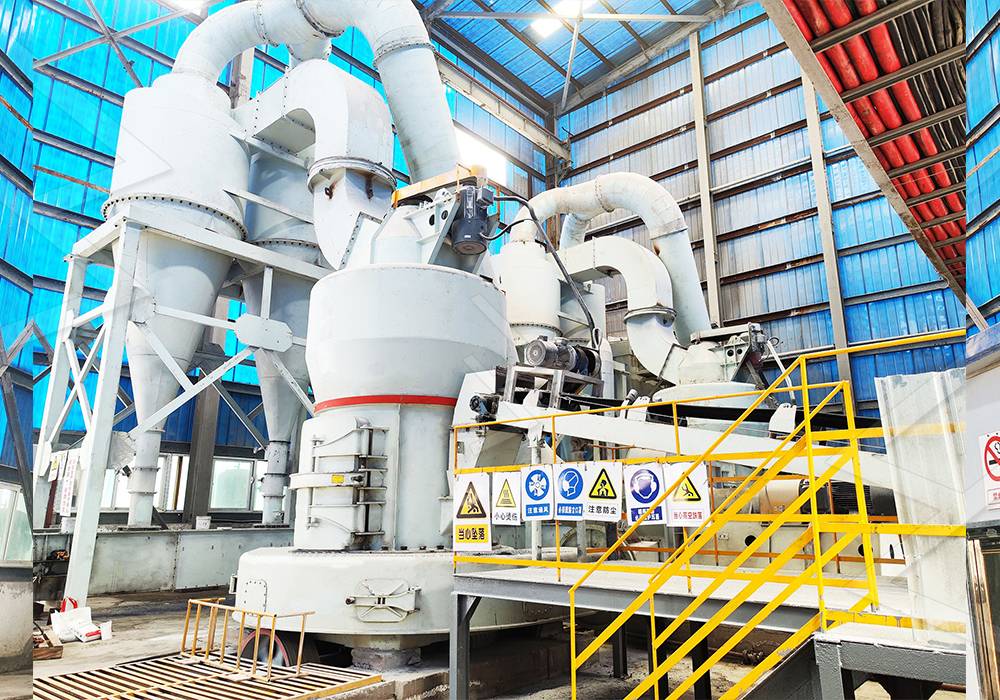Innovative High-Efficiency Raymond Mill Manufacturing Process
Innovative High-Efficiency Raymond Mill Manufacturing Process
The manufacturing landscape for grinding equipment has undergone remarkable transformations in recent years, with advanced engineering and digital technologies revolutionizing traditional production methods. At the heart of this evolution lies the continuous improvement of Raymond mill technology, where precision engineering meets operational excellence to deliver unprecedented efficiency in powder processing applications.

Modern Raymond mill manufacturing incorporates sophisticated numerical control machining centers that ensure exceptional precision in every component. From laser cutting and CNC bending to automated milling operations, each manufacturing step is meticulously controlled to achieve tolerances that were once unimaginable. This digital transformation extends beyond mere production – it encompasses the entire design philosophy, where computational fluid dynamics and finite element analysis optimize every aspect of the grinding chamber, air flow patterns, and mechanical stability.
Revolutionary Design Features
The contemporary Raymond mill embodies several groundbreaking innovations that distinguish it from conventional grinding equipment. The integration of advanced powder separation technology, particularly the German-inspired cage-type selectors, enables precise control over particle size distribution from 325 to 2500 meshes. This technological advancement, combined with innovative grinding curve designs for rollers and rings, has resulted in production capacity increases of up to 40% compared to traditional jet mills while reducing energy consumption by 30-50%.
One of the most significant breakthroughs in modern mill design is the elimination of rolling bearings and screws within the grinding chamber. This engineering marvel not only prevents contamination from lubricants but also eliminates common failure points, dramatically increasing operational reliability. The external lubrication system allows for maintenance without production stoppages, enabling continuous 24-hour operation that maximizes productivity.

Environmental Considerations and Operational Excellence
Today’s manufacturing processes prioritize environmental sustainability without compromising performance. Advanced Raymond mills incorporate efficient pulse dust collection systems that capture 99.9% of particulate matter, while integrated mufflers and noise elimination chambers reduce operational noise to environmentally compliant levels. The completely sealed negative-pressure systems prevent dust escape, ensuring clean working conditions and minimal environmental impact.
For operations requiring ultra-fine powder production with exceptional precision, we particularly recommend our MW Ultrafine Grinding Mill. This advanced system processes materials with input sizes up to 20 mm and achieves remarkable capacities ranging from 0.5 to 25 tph. Its innovative design features higher yielding with lower energy consumption, producing 40% more capacity than conventional jet mills while maintaining consistent fineness between 325-2500 meshes.
Advanced Control Systems and Automation
The integration of PLC-based control systems represents another leap forward in Raymond mill technology. Operators can precisely adjust grinding pressure, rotational speed, and classifier parameters through intuitive interfaces, enabling rapid adaptation to different material characteristics and production requirements. The automated monitoring systems continuously track operational parameters, providing real-time data on performance metrics and maintenance needs.
Complementing the MW series, our LUM Ultrafine Vertical Grinding Mill offers exceptional versatility for specialized applications. With its unique roller shell and lining plate grinding curve design, this mill generates material layers more efficiently and achieves superior finished product quality. The reversible structure and hydraulic adjustment system simplify maintenance procedures, while the multi-head powder separating technology ensures energy savings of 30-50% compared to conventional mills.

Material Versatility and Application Diversity
The advanced manufacturing techniques employed in contemporary Raymond mills enable processing of diverse materials including limestone, calcite, dolomite, petroleum coal, gypsum, barite, marble, talc, and various chemical compounds. The robust construction and precision engineering ensure consistent performance across different material hardness levels and moisture contents, making these mills suitable for industries ranging from construction materials to pharmaceuticals and food processing.
Frequently Asked Questions
What maintenance advantages do modern Raymond mills offer?
Contemporary designs feature external lubrication systems, reversible structures for easy access, and the elimination of internal bearings and screws. These innovations significantly reduce maintenance requirements and enable quicker servicing without prolonged production interruptions.
How do energy consumption figures compare to traditional mills?
Advanced Raymond mills consume 30-50% less energy than conventional ball mills and jet mills while delivering 40% higher production capacity. The energy efficiency stems from optimized grinding curves, advanced classifier designs, and reduced mechanical resistance.
What environmental benefits do these mills provide?
Modern mills incorporate comprehensive dust collection systems achieving 99.9% efficiency, noise reduction technologies, and completely sealed operations that prevent material escape. These features ensure compliance with stringent environmental regulations.
Can the same mill process different materials effectively?
Yes, with adjustable grinding parameters, classifier speeds, and pressure settings, modern Raymond mills can efficiently process various materials from soft minerals to medium-hard compounds without requiring mechanical modifications.
What operational advantages do digital control systems provide?
Digital controls enable precise parameter adjustments, remote monitoring capabilities, automated operation sequences, and real-time performance tracking. These features improve consistency, reduce operator error, and optimize production efficiency.
